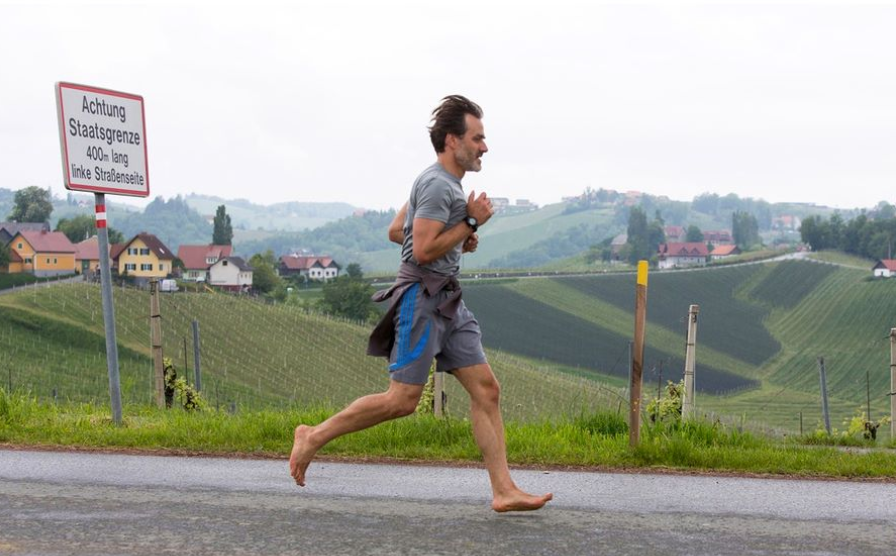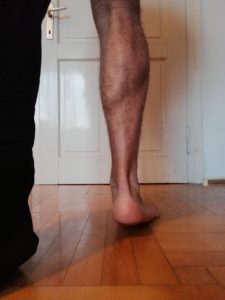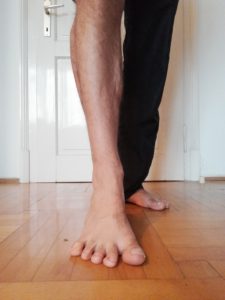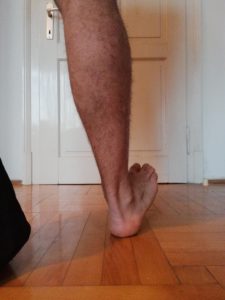“We realize the importance of our voices only when we are silenced.” -Malala Jousafzai

The right for youth to speak about injustice
On October 9, 2012, at the age of 15, Malala Jousafzai and two other girls were riding in a bus when a Taliban hitman came on board. After asking Malala to identify herself or everyone would be shot, she did so. Although making a full recovery, with one bullet she was shot through the head, neck, and shoulder. Malala’s assassination attempt was in retaliation for her activism. Her crime. Malala wanted an education.
What had Malala remained fearful and silent? What had she not told her story? And what had she not advocated for female rights to an education? Who if not Malala would speak up and act? Six years later and halfway across the world, high school students in Florida would be asking themselves the same question.
On February 14, 2018, 17 students and faculty of Parkland High School were maliciously gunned down during school hours. This had not been the first mass school shooting in recent US history, but it was the first time students, young people, like Malala, had had enough of condolences and empty promises. Like with previous school shootings, adults with the authority to take action paid mostly lip service to an, unfortunately, more common phenomenon in American society. Enough was enough.
Youth leadership in action
Similar to Malala’s courage to advocate in the face of harm, the Parkland student-led rally in Washington D.C. is a mind-blowing example of how youth leadership can influence current social and political conditions. In the past, a young social or political activist had hurdles to climb regarding accessibility to media, funding, and networking. Today, it may very well be advantageous to be young and an activist. Through the use of social media, the media, a GoFundMe account, and with the help of private donations from well-connected sympathizers, Parkland students raised $5.5 Million, of which $1.7 Million was raised in just three days.
As impressive, on March 24th, 2018, a mere five weeks after the devasting Parkland high school shooting, roughly 1.2 Million people marched world-wide for gun control. It was the biggest youth protest since the Vietnam War. Both times young Americans organized to this extent was to protest the senseless deaths of young people from weapons and from policymakers doing very little to advocate for their safety and lives.
What accounted for the swift actions of young people who before Parkland were neither fundraisers, event organizers, nor political and social activists? Led not by lobbyists and special interests this youth leadership operated on intention, social media savvy, networking, and everything fundamentally meant to be human. The clarity and precision of their actions rivaled anything any political organization or event planner could execute.
The role basic needs play in mobilizing youth leadership
Regardless of the system (family, organization, or community), harmful patterns can repeat themselves until the system collapses or the cycle is broken. Subsequent reoccurrences can increase in intensity until one of two things occurs. Either one accepts the dysfunction as normal or one takes a stand to change it. Malala and students at Parkland High School both chose the later.
All behavior is for the sake of fulfilling at least one of the basic needs (Survival, Belonging, Freedom, Fun, and Power). The more needs being fulfilled through a behavior, the more significant that behavior becomes. One basic need that mobilizes action regardless of age, gender, race, or religion, is the need for survival. Fight or flight. Sadly, the threat to safety and security in schools is a palatable one felt by too many communities across the United States. In addition to survival, the needs for power (feeling worthwhile to self and others), belonging, freedom, and fun were also jeopardized by the shootings. The response from Parkland High School students (see picture below) is a clear example of how the threat to all five basic needs, mobilized young people to take swift and historic action.
Organizers of the March For Our Lives fulfilled the need for power, satiating a strong desire to not remain a victim. They took meaningful action to improve not only their community but the nation as a whole. The need to belong to a group i.e., the school, was triggered by the shootings. Their community came under attack and the need to protect it and those of students across the US gave clear purpose for the organizers. Like Malala, students everywhere want to have the freedom to an education and have fun in the process without having to worry about losing their lives.
What can we learn from youth leadership today?
Young people are more informed and engaged than any other previous generation. When students no longer feel safe in school and adults are seen as doing too little to significantly address the most basic of basic needs, is it really a surprise to see articulate, well-intended, and technologically savvy young people taking matters into their own hands? As a result, they are shaping public opinion through their response to events. This trend will likely continue.
The deleterious impact of social, corporate, political, and environmental irresponsibility currently transpiring is not a future young people desire. Why wait to do something about it? Young people, with the help of technology and social media, have leveled the playing field in their ability to take action, speak up, organize, and most importantly influence social, political, and environmental change. Young people are more transparent, capturing events in picture or video and broadcasting them globally through social media.
Youth leadership skills are currently needed. Young people are listening, showing empathy, and actively responding to injustices and policies affecting them and their future. Authoritative and dictatorial leadership caters to self-interest and special interest rather than to the common good. Forms of leadership embraced by young people place emphasis on purpose, authenticity, community, and the environment. They are replacing the idiom ‘the end justifies the means’ with ‘the means need to justify the end.’
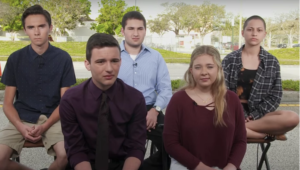
About the author
Jean-Pierre Kallanian is a Process Facilitator and Human Systems Expert. He accompanies organizations in fully integrating their human resource potential by facilitating group processes that foster authenticity, intention, and collective wisdom. He is also the author of What You Can Learn from Your Teenager: Lessons in Parenting and Personal Growth.
